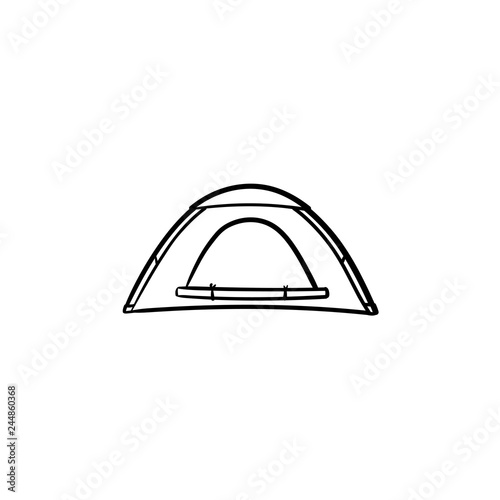Wall Tents In Eco Tourism Sustainability Meets Comfort
Winter Months Camping - Guy Line Anchors in SnowWintertime camping is an enjoyable and adventurous experience, yet it needs proper equipment to ensure you remain warm. You'll require a close-fitting base layer to trap your temperature, together with an insulating coat and a waterproof covering.
You'll additionally require snow risks (or deadman supports) buried in the snow. These can be connected using Bob's clever knot or a regular taut-line drawback.
Pitch Your Camping tent
Wintertime camping can be a fun and daring experience. Nonetheless, it is necessary to have the correct equipment and understand how to pitch your outdoor tents in snow. This will certainly protect against cool injuries like frostbite and hypothermia. It is likewise essential to eat well and remain hydrated.
When establishing camp, see to it to select a website that is protected from the wind and without avalanche danger. It is likewise a good idea to pack down the area around your outdoor tents, as this will help reduce sinking from temperature.
Prior to you established your camping tent, dig pits with the exact same size as each of the support factors (groundsheet rings and man lines) in the facility of the outdoor tents. Fill these pits with sand, stones or perhaps stuff sacks filled with snow to compact and protect the ground. You might also want to take into consideration a dead-man anchor, which involves linking outdoor tents lines to sticks of wood that are hidden in the snow.
Load Down the Area Around Your Camping tent
Although not a requirement in the majority of locations, snow stakes (also called deadman anchors) are an exceptional enhancement to your outdoor tents pitching package when outdoor camping in deep or compressed snow. They are essentially sticks that are developed to be buried in the snow, where they will certainly ice up and create a strong anchor point. For ideal results, use a clover drawback knot on the top of the stick and hide it in a few inches of snow or sand.
Establish Your Camping tent
If you're camping in snow, it is a good concept to utilize a tent made for wintertime backpacking. 3-season camping tents work great if you are making camp below tree line and not anticipating particularly harsh weather condition, but 4-season outdoors tents have stronger poles and textiles and provide even more defense from wind and heavy snowfall.
Make certain to bring sufficient insulation for your resting bag and a cozy, dry blow up mat to sleep on. Blow up mats are much warmer than foam and aid avoid cool areas in your outdoor tents. You can likewise add an additional mat for resting or cooking.
It's additionally a good concept to set up your outdoor tents close to an all-natural wind block, such as a group of trees. This will make your camp more comfortable. If you can not discover a windbreak, you can create your own by digging holes and hiding items, such as rocks, tent risks, or "dead man" anchors (old camping tent individual lines) with a shovel.
Tie Down Your Outdoor tents
Snow stakes aren't needed if you make use of the rainfly best strategies to anchor your outdoor tents. Buried sticks (possibly collected on your technique walk) and ski poles function well, as does some variation of a "deadman" buried in the snow. (The concept is to develop an anchor that is so solid you will not be able to pull it up, despite having a great deal of effort.) Some makers make specialized dead-man anchors, but I like the simpleness of a taut-line hitch tied to a stick and afterwards buried in the snow.
Understand the terrain around your camp, especially if there is avalanche risk. A branch that falls on your outdoor tents can damage it or, at worst, hurt you. Likewise watch out for pitching your tent on a slope, which can catch wind and bring about collapse. A sheltered area with a low ridge or hillside is far better than a steep gully.
